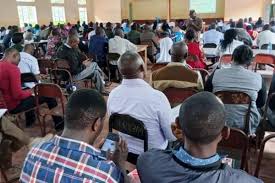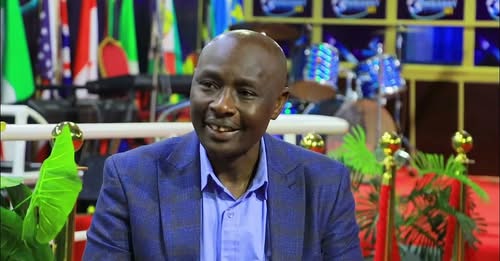A growing number of junior school teachers are demanding administrative independence from primary schools, citing stalled career progression, professional mismatches, and systemic neglect under the current education structure.
Led by the Kenya Association of Junior School Teachers and the Kenya Union of Post-Primary Education Teachers (KUPPET) which represents over 50,000 teachers, they argue that placing junior school under primary school management has created friction and undermined the professional standing of teachers trained for post-primary instruction.
According to Association Chairperson James Odhiambo, the lack of autonomy has resulted in junior school teachers being supervised by head teachers and deputies who are not qualified to teach at their level.
“How can someone who doesn’t meet the teaching requirements for junior school be responsible for evaluating and promoting those who do?” Odhiambo questioned as quoted by one of the local dailies.
ALSO READ:
Unrest at Mbale Boys triggers leadership changes, stakeholders’ intervention
Odhiambo said the situation has led to tensions in schools, with junior school staff often side-lined in favour of primary-trained personnel. He added that many teachers remain stuck in their roles due to the absence of a clear career progression framework.
The association is urging the Ministry of Education and the Teachers Service Commission (TSC) to grant junior schools standalone status, in line with recommendations from the Presidential Working Party on Education Reform. Odhiambo further emphasized that junior school is a transitional stage where learners begin career pathway-based learning, requiring specialized attention and leadership.
KUPPET Deputy Secretary-General Moses Nthurima echoed the concerns, criticizing the “comprehensive school” model that merges Grades 1-9 under one administrative unit. He argued that the model lacks legal grounding, noting that Kenyan education law only recognizes pre-primary, primary, secondary, and tertiary levels.
ALSO READ:
TSC releases roadmap for P1 teachers’ transition to junior schools
“Under the Competency-Based Curriculum, junior school is meant to be part of high school or at least operate independently. The current structure contradicts that,” Nthurima said. He also noted that graduate teachers were trained with the expectation of working alongside secondary-level peers and not under the supervision of P1-trained administrators.
However, the Kenya National Union of Teachers (KNUT) has rejected the push for autonomy. Secretary-General Collins Oyuu defended the current structure, saying most head teachers are graduates with years of experience. “Leadership is not just about qualifications, it’s about experience. Many of these head teachers were graduates long before some of these teachers joined the profession,” he said.
Oyuu dismissed the autonomy proposal as unnecessary activism, pointing to the task force’s recommendation that basic education be divided into two tiers: Comprehensive School (Grades 1-9) and Senior School (Grades 10-12). “Let’s stop making wild proposals. These are professionals they should focus on teaching, not activism,” he said.
By Masaki Enock
You can also follow our social media pages on Twitter: Education News KE and Facebook: Education News Newspaper for timely updates.
>>> Click here to stay up-to-date with trending regional stories
>>> Click here to read more informed opinions on the country’s education landscape






